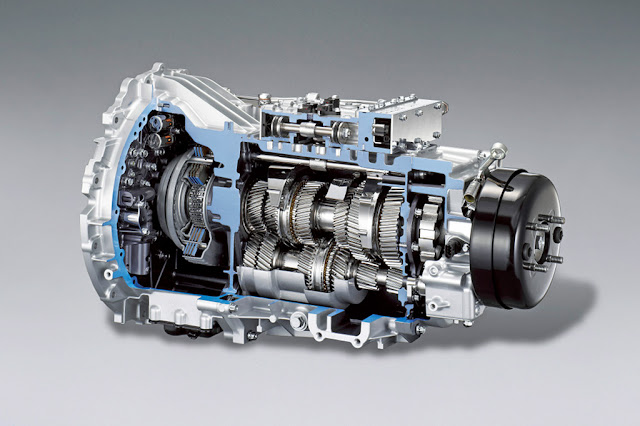Robotic Attachments for Forklift Trucks: A Versatile Approach
Robotic attachments for forklift trucks are revolutionizing the material handling industry, offering a versatile and innovative approach to optimize efficiency and productivity. By integrating robotics into forklift attachments, these machines can perform a wide range of tasks autonomously, transforming traditional forklifts into intelligent and adaptable robotic systems.
The concept of robotic
attachments brings automation and artificial intelligence (AI) to forklift
operations, allowing these machines to perform tasks with precision and
consistency. These attachments are designed to be easily installed and
detached, enabling forklifts to switch between manual and autonomous modes
seamlessly. This versatility makes robotic attachments suitable for various industries
and applications, including manufacturing, warehousing, distribution centers,
and e-commerce fulfillment.
According to Coherent Market Insights, the global
forklift truck market size was valued at US$ 40.24 billion in 2022 and
is anticipated to witness a compound annual growth rate (CAGR) of 11.1% from
2023 to 2030.
One of the key advantages of
robotic attachments is their ability to enhance the efficiency of repetitive
and time-consuming tasks. Forklifts equipped with robotic arms can load and
unload pallets, stack items on shelves, and pick products from storage racks
with speed and accuracy. This automation reduces the dependency on manual
labor, freeing up human operators to focus on more complex and strategic
operations.
The integration of AI and
computer vision technologies enables robotic attachments to adapt to changing
environments and handle different types of objects. With advanced sensors and
algorithms, they can identify and grasp objects of varying shapes and sizes,
ensuring safe and secure material handling. Additionally, they can navigate
through crowded spaces and avoid obstacles, making them suitable for
high-density storage facilities and narrow aisles.
Robotic attachments also
contribute to enhanced safety in material handling operations. By automating
certain tasks, they reduce the risk of human errors and minimize the likelihood
of accidents. Furthermore, they can be programmed to follow strict safety
protocols, ensuring compliance with workplace regulations and minimizing the
potential for injuries.
The versatility of robotic
attachments extends beyond their ability to handle diverse materials. They can
be equipped with specialized tools and sensors for specific applications. For
example, a forklift with a robotic attachment can be fitted with environmental
monitoring sensors to detect leaks or hazardous gases in industrial settings,
enhancing workplace safety.
The implementation of robotic
attachments for forklift
trucks also aligns with the industry's focus on sustainability and
cost-effectiveness. By streamlining material handling processes and reducing
operational costs, these automated solutions contribute to a more sustainable
and efficient supply chain.
As technology continues to
advance, robotic attachments for forklift trucks will likely evolve further,
incorporating more sophisticated AI, machine learning capabilities, and
seamless integration with warehouse management systems. This evolution will
result in even more adaptive, efficient, and autonomous material handling
solutions, further transforming the industry and opening up new possibilities
for businesses in an increasingly automated world.



%20Market1.png)
Comments
Post a Comment